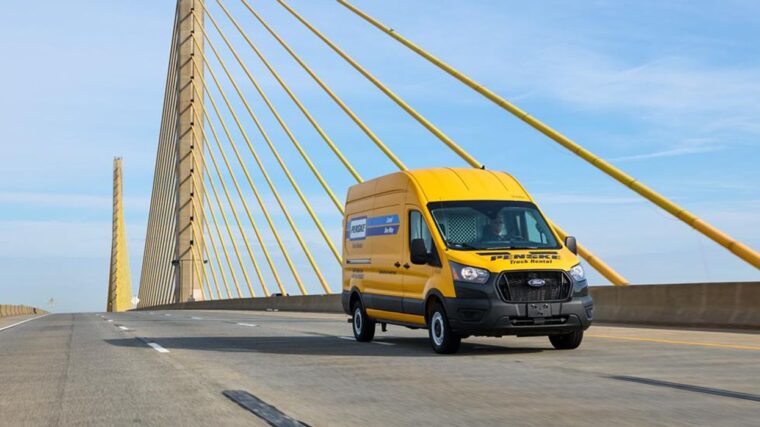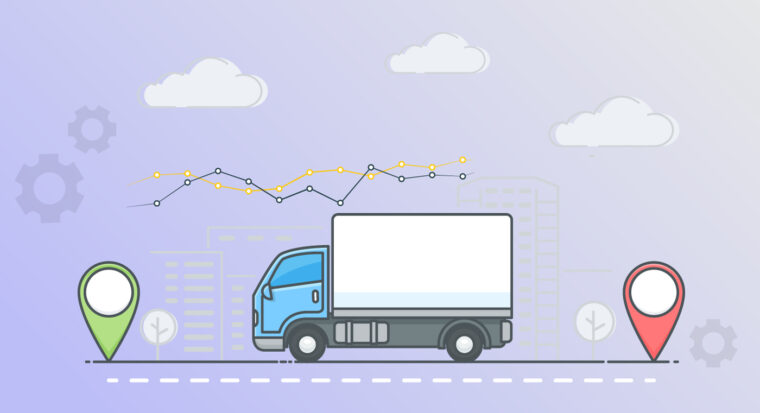If you ever order anything online, you expect really fast delivery ‒ it’s something that associates not with good client service but rather with business responsibility. Of course, getting the goods shipped as fast as possible should be your No.1 priority if you don’t want to give up your clients to corporate giants like Amazon.
Therefore, every delivery service is in constant search for optimized delivery solutions. One of the biggest issues with fast delivery is the last-mile problem. The good news is: a lot of trusted trucking assistance companies like Fleet Care offer multiple solutions to enhance your client’s experience with your business.
Solving the Last Mile Problem
To understand what exactly is the last mile problem, let’s delve deeper into what the delivery process looks like. Every item loaded into the truck has already made a journey from the warehouse to the truck ‒ now it has to be delivered to the recipient’s door as soon as possible ‒ and this is where the problem begins.
Usually, trucks are fully loaded with items for different recipients ‒ this is why the last stage of delivery takes painfully long. The truck has to make multiple stops to drop items at different locations.
Sure, last-mile delivery is an all-time-favorite client’s choice of goods delivery, but it’s the most time and money-consuming part as well.
The situation sometimes can be amenable in cities and agglomerations, but in rural areas this problem is big ‒ the distance between delivery points can be measured in tens of miles, which can be converted into a longer delivery time and bigger fuel expenses. And even if big cities can make the distance between delivery points shorter, traffic congestion makes things complicated.

So, last-mile delivery is kind of the best way to ship goods for clients, and e-commerce businesses strive to make deliveries as fast as possible, sometimes even for free. With a rise in demand for online shopping, no wonder that everyone wants to win this race ‒ sometimes, literally.
Costs and Solutions for Better Last-Mile Logistics
In most cases, last-mile delivery costs the most out of overall shipping costs ‒ up to 53% of them. And of course, customers want their delivery to be free, so retailers and delivery companies add shipping expenses to their quarterly budget.
So, it’s really easy to see the motivation behind the search for optimized last-mile delivery approaches. With an increased demand for free delivery and online shopping, most retailers have no other choice but to offer the best delivery conditions for their customers.
Crowdsource technologies might be a good solution to this problem. With many crowdsourcing and location-based services like Uber, Lyft, and AirBNB, the concept of these technologies became quite popular.
Everything can be managed through the app, in theory: you can order a flower delivery from the nearest flower shop, order a pizza that will be delivered right for your lunch, or hop on a car closest to you to get somewhere in time.
This operational model is not that rare: a lot of logistics, HoReCa, and other services use it to ensure a fast-reacting service with high levels of client satisfaction.

Basically, using this approach, you can create a network of customers, local drivers, and other logistics partners to restructure local delivery patterns and let the goods be transported much faster.
For example, if one truck is loaded fully with packages for Manhattan, Staten Island, and Brooklyn alone, the delivery time will be much shorter than if it was fully loaded for every NYC district. The same goes for rural areas ‒ trucks loaded for a certain county will deliver goods faster than if they were loaded with packages for different jurisdictions.
So, What Do You Get with An Optimization Like That?
- Increased rate of client satisfaction. Your customers receive their goods way faster, and this might be a key factor for them to recommend your services to others and keep on ordering from you.
- Lowered delivery costs. By restructuring your delivery mechanics, you can save a bit on fuel and do more deliveries. You’ll notice the difference really fast if your logistics company owns only one or a few trucks ‒ this way, you’ll be available for more challenges and a bigger income.
- More partnerships with retailers. By making your delivery way faster, it’s only logical that more e-commerce companies will want to ship their goods using your services. This is both a challenge and a great opportunity to grow your trucking business.
And if you’re not sure how to optimize your logistics in the best way possible, you can always hire professionals for this task ‒ luckily, companies like Fleet Care offer a full package of trucking assistance services to outsource including dispatch, tax accounting, factoring, and safety services.
